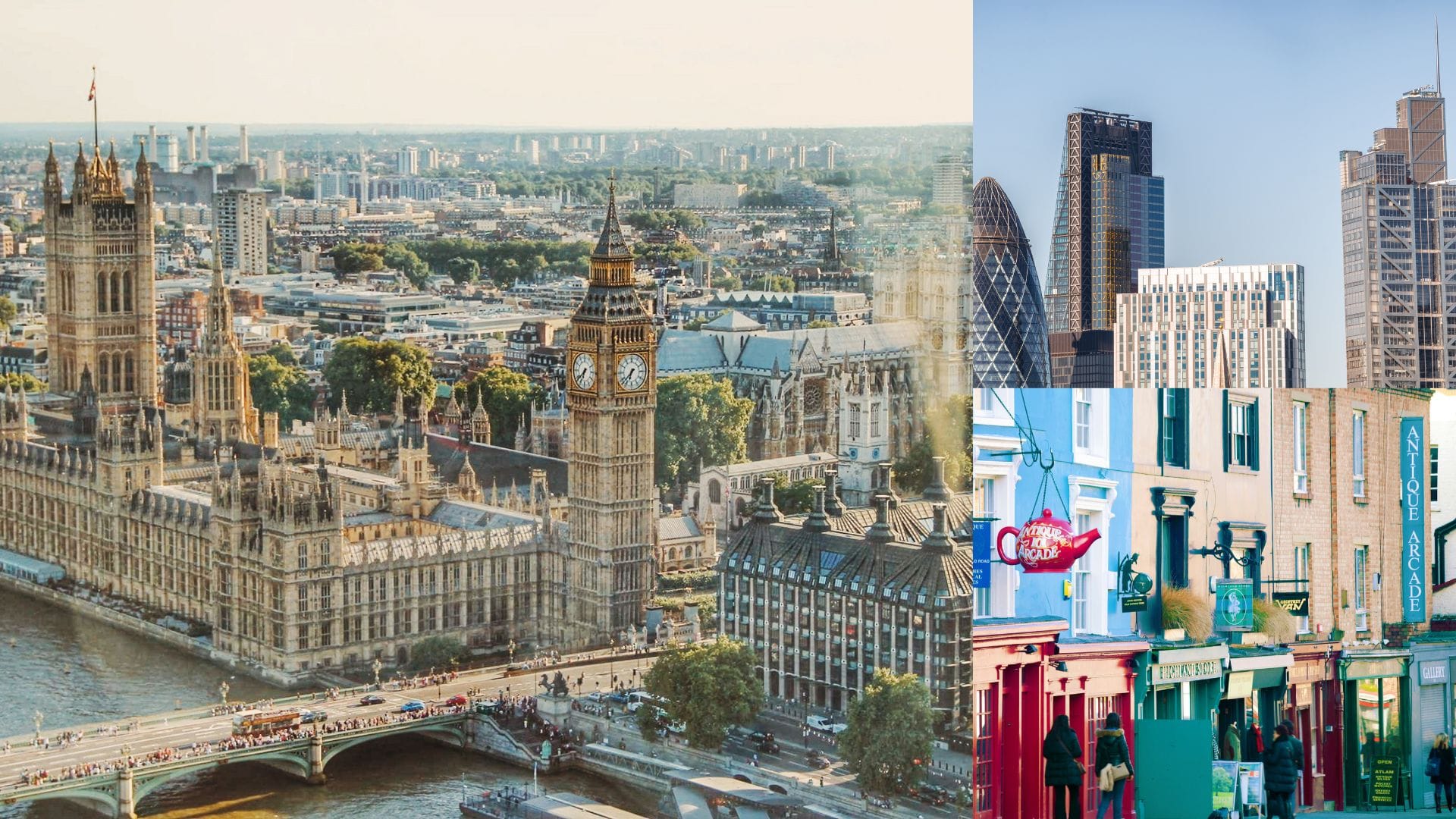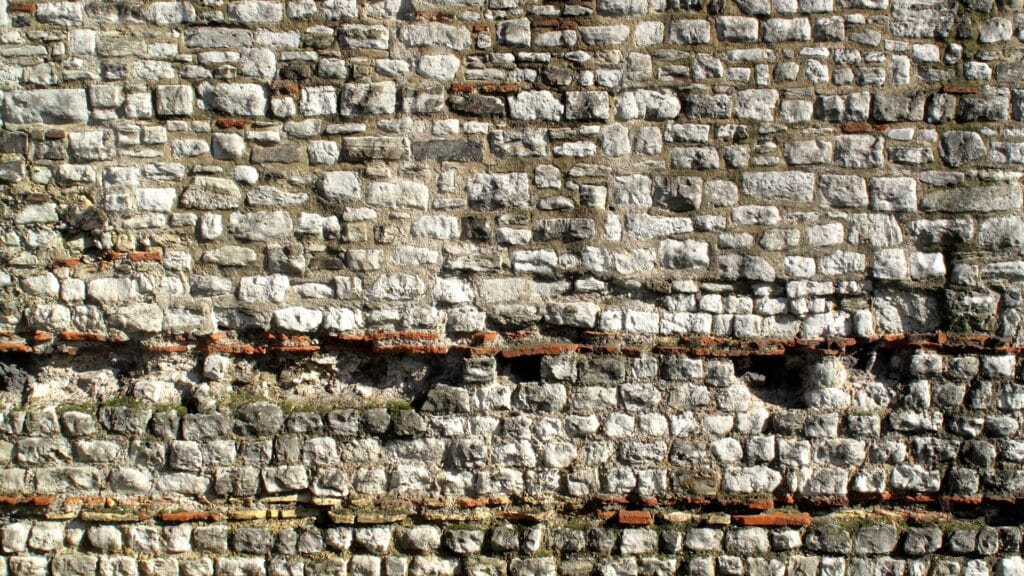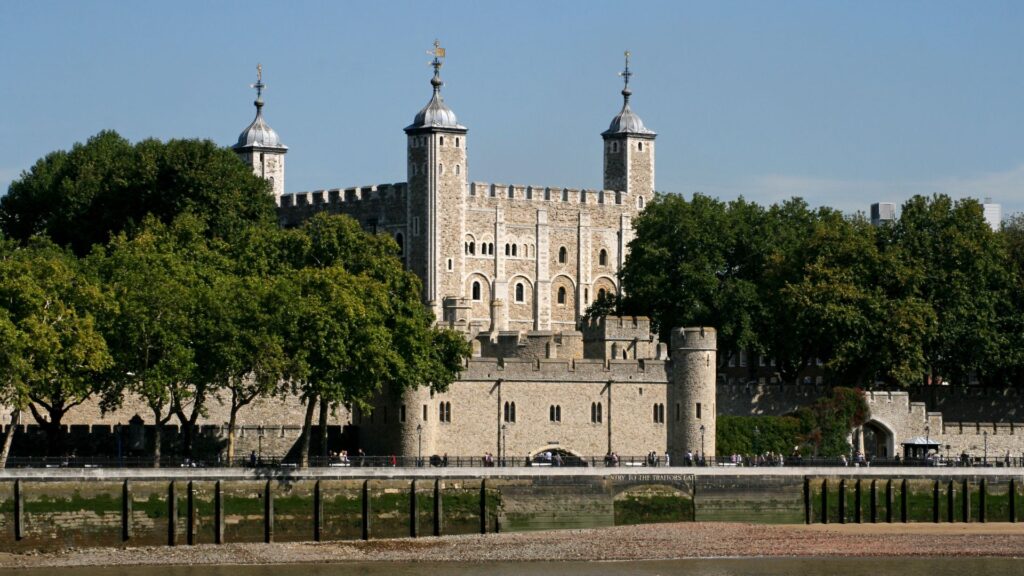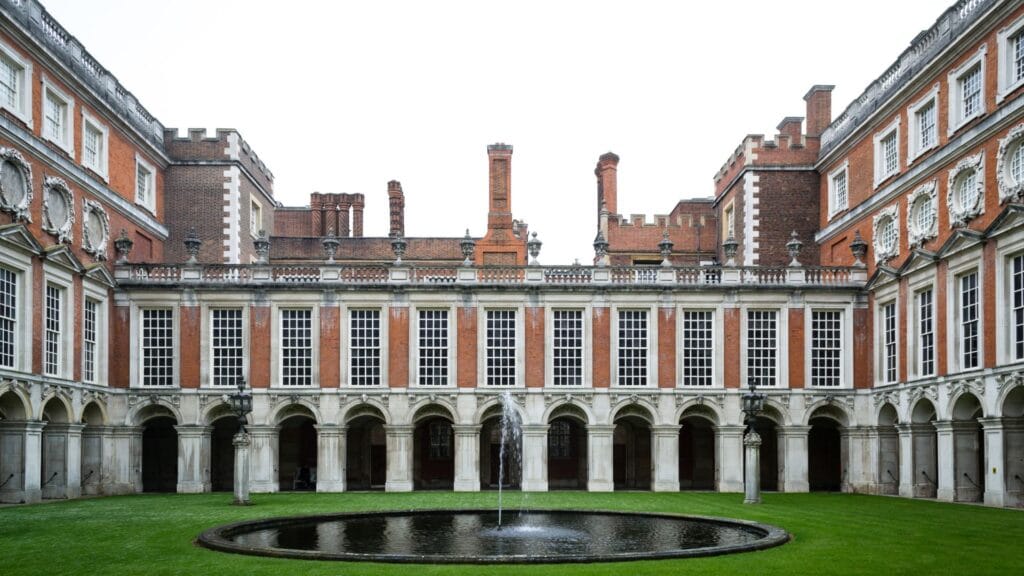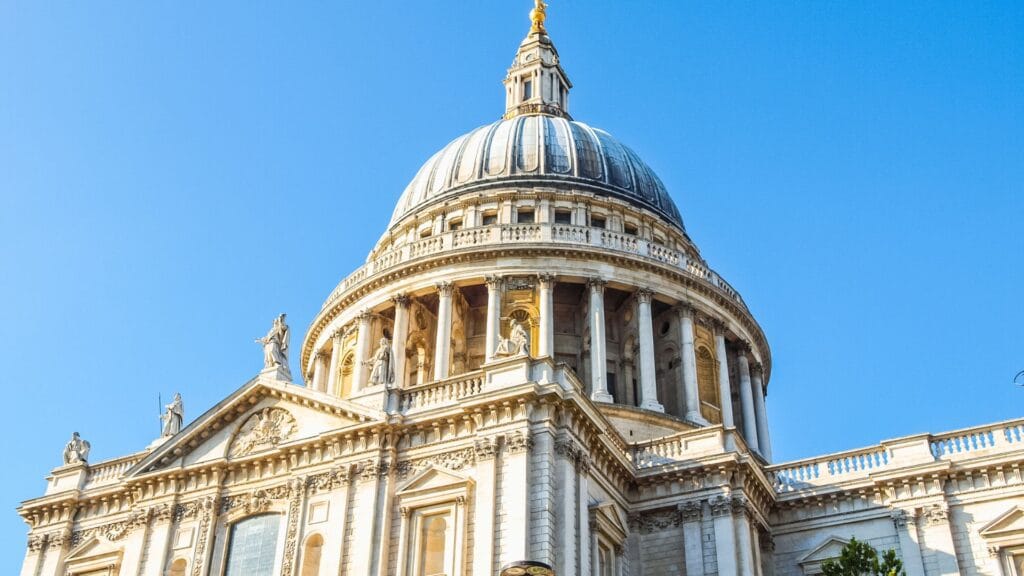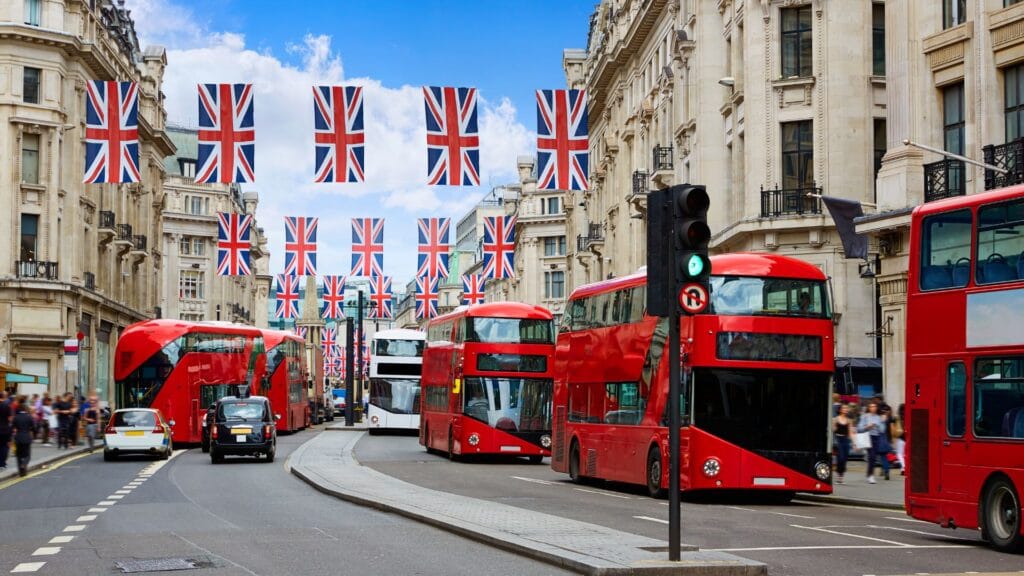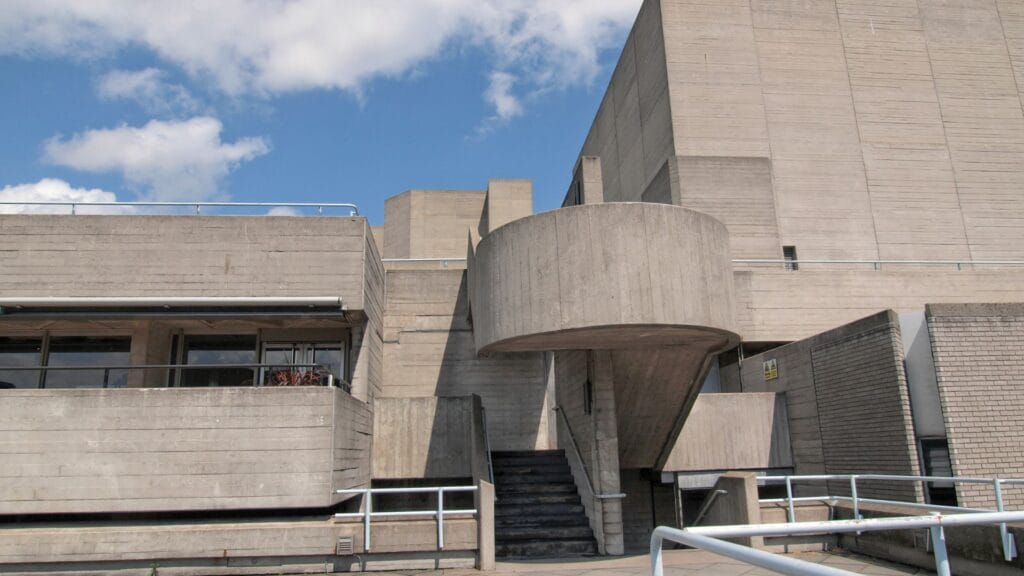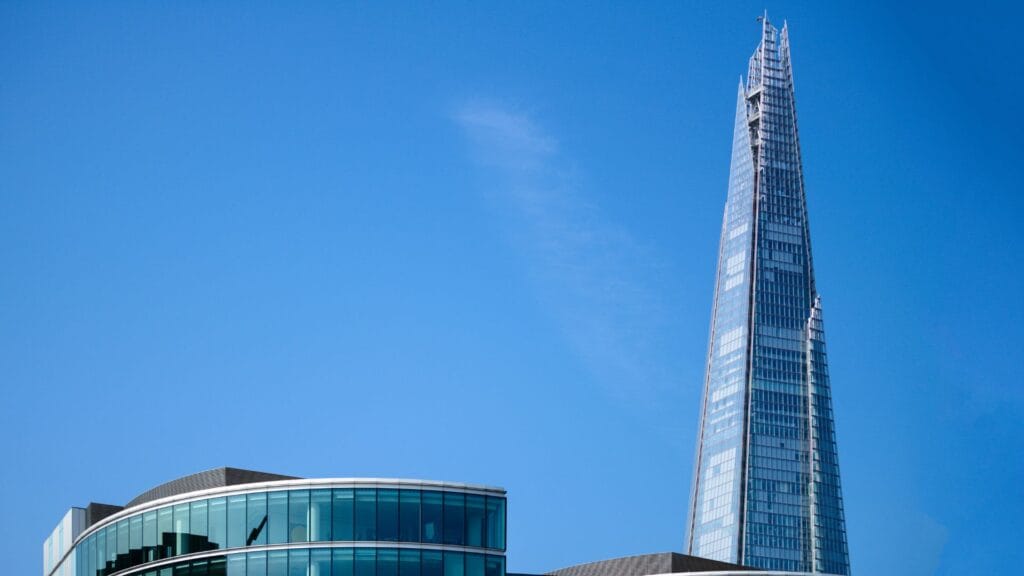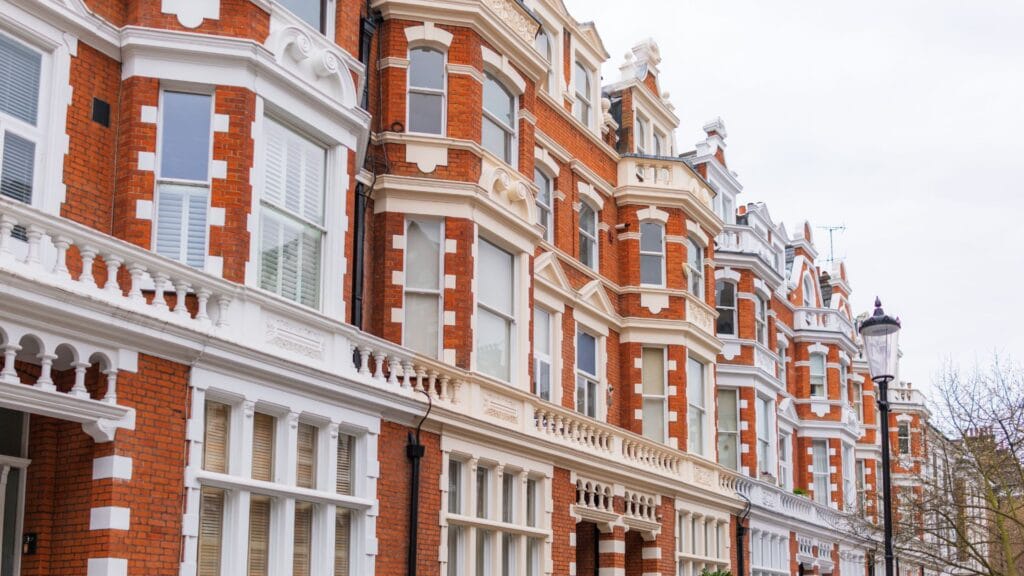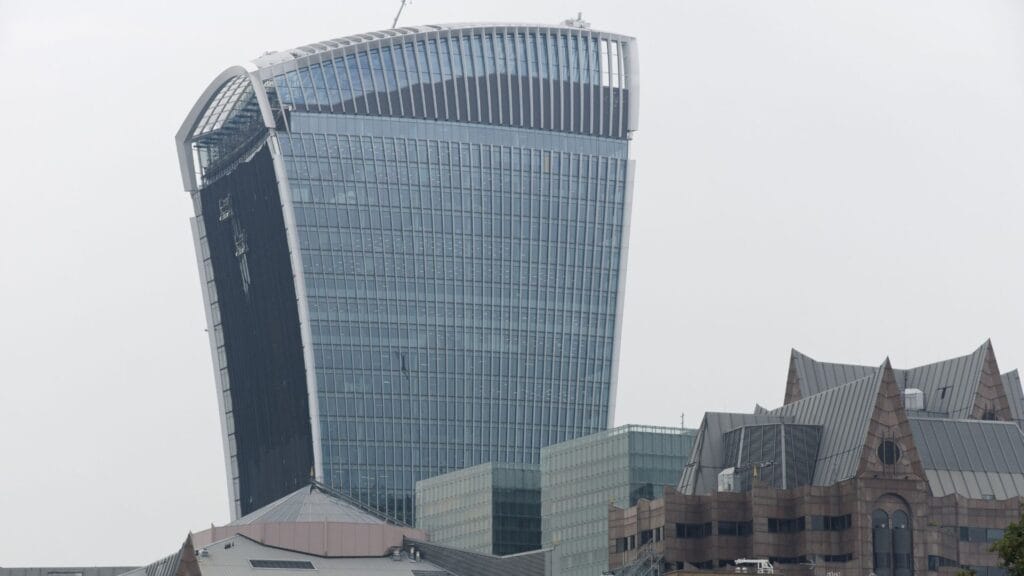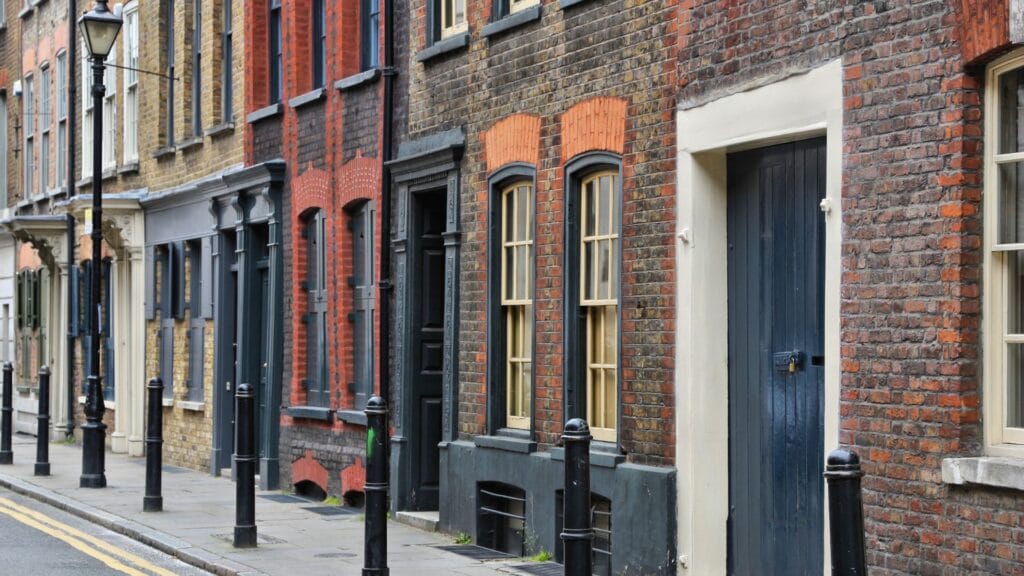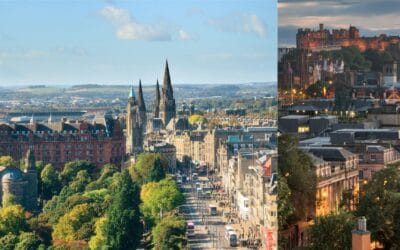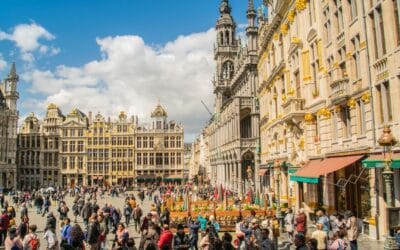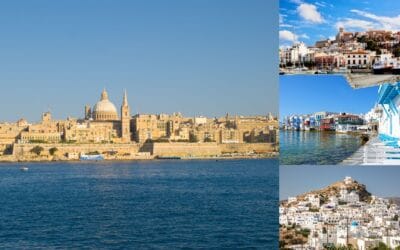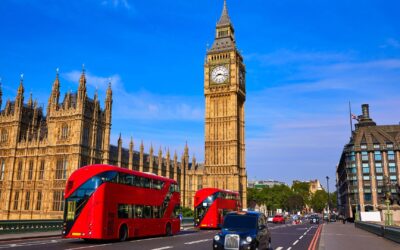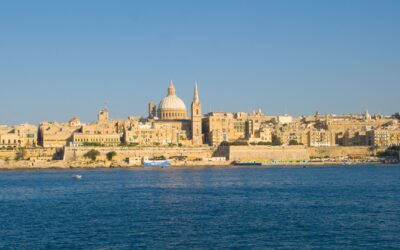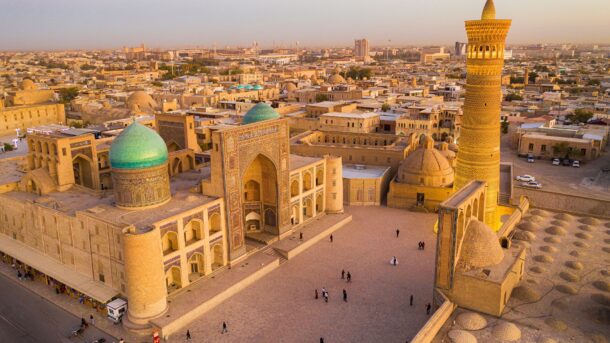We have probably all heard beauty is subjective and some understand it actually is. That means what you find “pretty” might be an eyesore to someone else. That being said, there are patterns when it comes to what people find beautiful. When it comes to London’s level of prettiness, we hear people saying mixed things, largely because of the city’s mixed bag of architectural styles. This global metropolis is not Paris or Prague in the sense that we won’t hear almost everyone saying that it’s very beautiful. It’s also not Berlin or Brussels, as we won’t hear that many people saying the city is ugly. So what does London look like? Here is a guide to the city’s architecture that might help you figure out if you are likely to find London pretty at first sight and where to look in case you are planning a London city break that matches your vibe.
From Roman ruins to glass towers
London is really old and has managed to preserve at least some structures from all its historical periods. Think of it as an architectural time capsule or a random collection of styles slapped together, from ancient Roman ruins to shiny glass skyscrapers. Below are some details on how London’s architecture has evolved so that you have a better understanding of what you are looking at.
Londinium and medieval London
London’s Roman period starts in 43 AD and ends in 410 AD. At the time, the settlement was called Londinium and it probably wasn’t looking pretty; however, it did have roads walls, and temples. Ruins of some of these structures still exist today, with the most well-known example being the London Wall, which dates from around 200 AD.
Here’s a Roman wall
Fast forward a few centuries to the medieval period (5th–15th century), and the city was dominated by towering castles and fortresses. If you’ve ever seen the Tower of London, you know what I mean. Built in 1078 under William the Conqueror, it’s big, it’s bold, and it’s definitely more “intimidating” than “pretty.” But it was functional – including for holding royal prisoners, right?
The Tower of London doesn’t really look creepy, does it?
Tudor and Stuart influences
Ah, the Tudors (1485–1603). Henry VIII may not have been the most loving husband, but he sure knew how to build a palace. And if you wander around Hampton Court, you know that Tudor architecture is a lot about making a good impression. Think grand facades, steep roofs, and perhaps some wow. It’s probably a lot about making sure everyone knows you’re royalty.
This is Hampton Court
The Stuart period (1603–1714) didn’t back down either. You get a glimpse of this era in the grandeur of places like St. Paul’s Cathedral, reconstructed by Sir Christopher Wren between 1675 and 1710 after the Great Fire of London in 1666. It towers above the city like an architectural middle finger to anyone who dared to think London was humble.
One of the most famous cathedrals in the UK
Georgian and Regency eras
During the Georgian (1714–1830) and Regency periods (1811–1820), things arguably started looking somewhat more refined. We’re talking clean lines and symmetry. Areas like Mayfair and Bloomsbury emerged as the epitome of “classy.” The city began to shape its urban planning around neat rows of terrace houses, perfect squares, and fancy public spaces.
Perhaps the best example is the architecture of Regent Street. Designed by John Nash and completed by 1825, it’s a mixture of elements of the classical world with a touch of 18th-century sass.
Regent Street – One street you will likely see while exploring London
Victorian expansion, when bigger is better
Enter the Victorian era (1837–1901): the time when London decided that more was definitely more. The city went through an explosion of construction, and there was no holding back. The Victorian obsession with ornamentation gave rise to some of London’s most instantly recognizable landmarks, including the Houses of Parliament (completed in 1870) and the Tower Bridge (completed in 1894).
Guess, guess
Tower Bridge
But not all Victorian architecture was beautiful. This period also saw the rise of industrial structures such as gas holders, factories, and railway stations, which prioritized functionality over aesthetics. Gasworks and warehouses became widespread, their iron-and-brick designs being typically perceived as utilitarian eyesores. These industrial constructions contributed to a gritty, often bleak aesthetic that contrasted sharply with the ornate Victorian landmarks.
Modern and postmodern developments
Now, let’s talk about the modern era (20th century onward). The mid-20th century brought dramatic changes to London’s architectural landscape, driven by the destruction of World War II and the need for rapid reconstruction. The Blitz during the war (1940–1941) destroyed vast areas of the city, including entire neighborhoods and historic landmarks. In response, post-war rebuilding efforts led to a mix of functional, utilitarian designs aimed at addressing housing shortages and the city’s damaged infrastructure. Many of these buildings were constructed hastily, sacrificing aesthetic appeal for practicality. This phenomenon was observed in many cities all over Europe.
To many (most?), the worst of it was Brutalism in the post-war era. Emerging in the 1950s and reaching its peak in the 1970s, this style embraced raw, unadorned concrete and geometric forms. Prominent examples include the Barbican Estate (constructed 1965–1976) and the National Theatre (completed in 1976).
Buildings at Barbican Estate. Do you find them ugly?
Hard to get more Brutalist than the National Theatre, London
Things start to get better afterward, once post-modernism becomes a thing. Examples include the Gherkin (completed in 2003), and the Shard (completed in 2012).
Can you guess which one is the Gherkin
The Shard
The arguably prettiest and arguably ugliest areas of London
Depending on who you are, you may or may not like how London looks like. That being said, you are much more likely (statistically speaking) to like some areas more than others. Here are some examples.
Notting Hill: The London you may want to brag about
Notting Hill is arguably glamorous, and stylish, and it’s certainly been the backdrop for some of the most famous moments in movie history (hey, Notting Hill the film). It’s the place where you can stroll past rows of pastel-colored houses, stopping every few steps to admire the curated look of the area. The cobbled streets? They’re straight out of a movie scene, aren’t they? The famous Portobello Road Market? A nice trove of vintage finds antiques, and overpriced but adorable knick-knacks that make you feel like you’re living in an indie rom-com.
Do you like Notting Hill?
Sure, it’s a bit of a tourist trap at times, but most people would agree that the area is charming.
Kensington and Chelsea: Also fancy
Kensington and Chelsea can be seen as the older sister of Notting Hill who owns a private yacht and a collection of vintage Chanel bags. The streets here are lined with grand Victorian and Georgian townhouses, regal gardens, and a vibe that says, “Yes, we’re very fine, thank you.” This is where you’ll find some of London’s most exclusive areas, like Knightsbridge and Sloane Square, where many rich and famous people live.
Somewhere in Kensington
A home in Chelsea
Finally, Kensington Gardens, which houses Kensington Palace, may give you that royal fairy tale feeling.
The City of London: The financial district that you may like if you’re into postmodernism
The City of London is where the old Londinium once was. It’s the city’s main business district and, as such, has many glass buildings trying to outdo each other in height and shine. One example is 20 Fenchurch Street (nicknamed the Walkie Talkie Building because of its shape), a building that resembles a walkie-talkie handset that houses a “sky garden”. Like in the case of many post-modern buildings, the Walkie Talkie has been criticized by many for its architecture but that’s not to say those into post-modernism shouldn’t give it a chance before deciding over its prettiness.
20 Fenchurch Street – The Walkie Talkie building
The “Ugly Duckling” areas: What’s up with East London?
East London used to be the industrial heart of the city, but now it’s where you’ll find a bizarre mix of gentrification and unfinished construction projects. Parts of Shoreditch are full of street art, pop-up galleries, and a lot of trendy cafes, but some may find the area overly chaotic. The old warehouses and factories are being transformed into lofts and offices, but some say there’s something disjointed about it all.
Shoreditch – Cooler than it looks
And then there’s Hackney, where the once-gritty industrial landscape is now being replaced by shiny new developments. This is, in my opinion, a good thing, but the constant construction makes it hard to see it yet. If you’re into that “under-construction chic” look, you might love it. Otherwise, perhaps you should explore the area some other time.
Bottom Line: London looks pretty, in some places
I think the best conclusion is that London is both pretty and ugly. It’s a huge city, where you can find large areas dominated by buildings that many people will find beautiful, as well as areas that most people will probably find grimy. You’ve got the iconic landmarks such as Westminster Palace, but then there are those moments when you’re staring at a concrete monstrosity (?) that might make you wonder what those architects were thinking about. Some parts of the city ooze a certain level of coziness, while others arguably feel like they belong in a sci-fi dystopia. It’s worth mentioning that London is getting prettier and many of the formerly utilitarian buildings are being upgraded or replaced, meaning that you must hurry if you want to experience the city’s grungiest vibes in this time-space.
And if you still wonder what London looks like but you are more convinced than before that you want to find out, why not start preparing your exploration so that you can later answer the same question from your own subjectivity?

